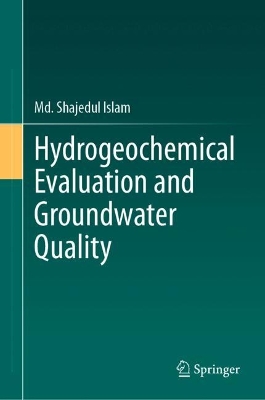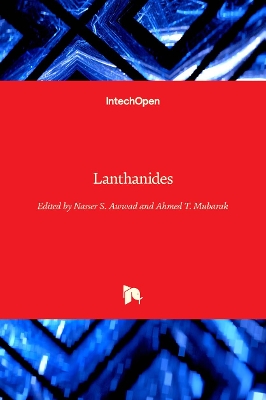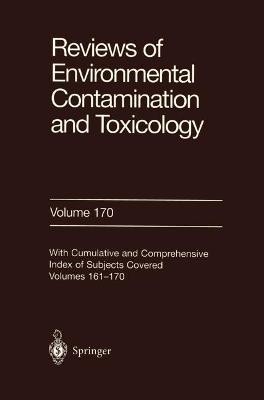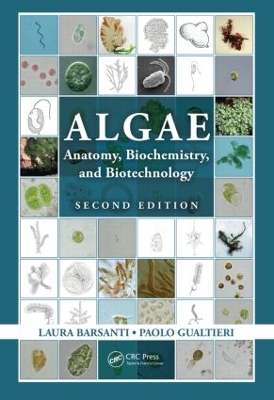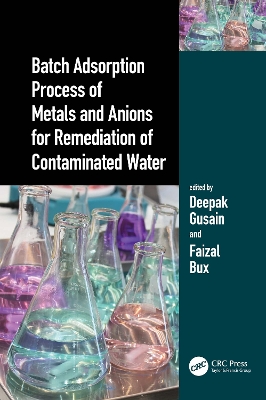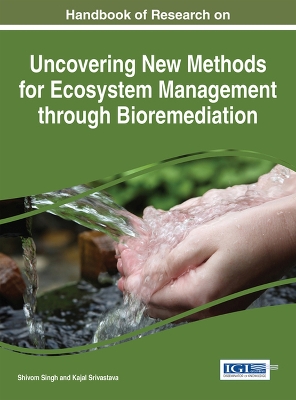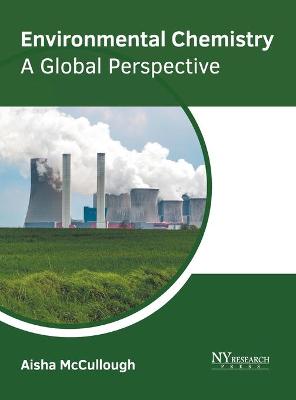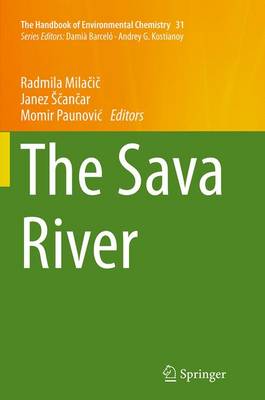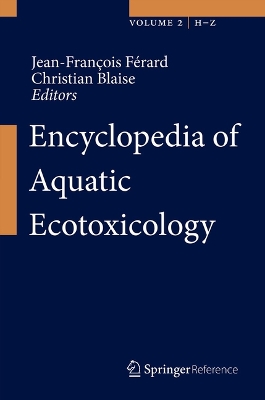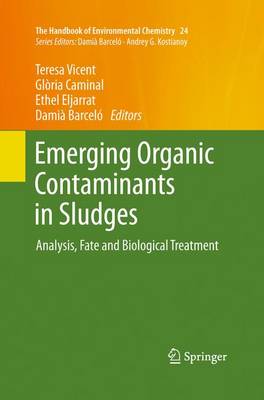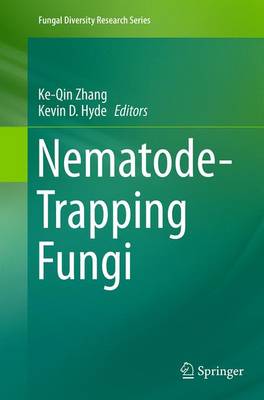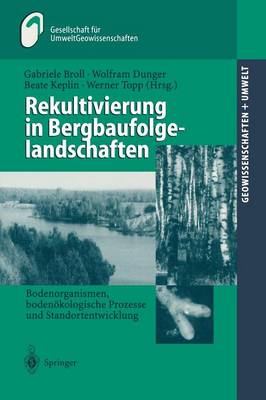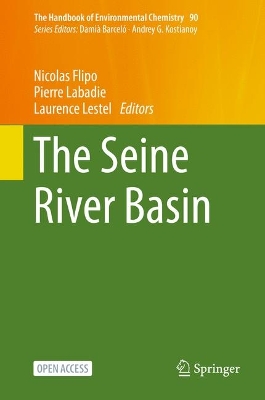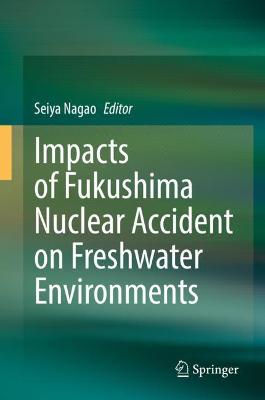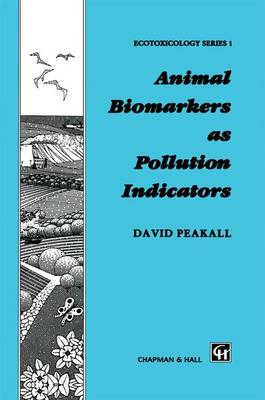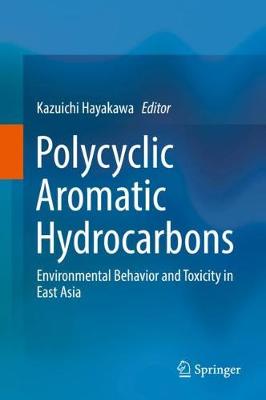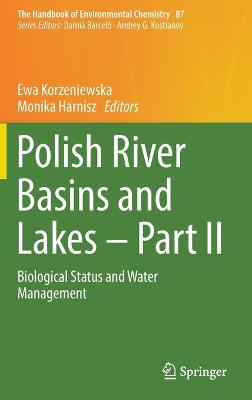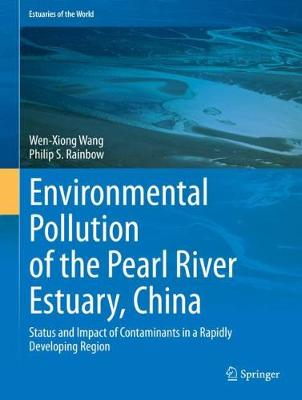Hydrogeochemical Evaluation and Groundwater Quality
by Md. Shajedul Islam
This book comprehensively discusses the methods and practices for evaluating geochemical processes in aquifer groundwater. Possible occurrence and mechanisms of rock-water interaction, trace metal mobilization, thermodynamic explanation, actions of aquifer CO2, pollution sources, geogenic influencing factors, and isotope dilution methods are the primary areas of focus. These water quality variables are analyzed using a variety of logical/theoretical explanations, statistical techniques, and expe...
Lanthanides
This edited book Lanthanides is a collection of research chapters, offering an excellent review of recent applications in our lives. It consists of a number of interesting chapters by scientists and researchers from different parts of the world. The book is divided into six chapters. The first chapter is a short introduction that explains the nature and purpose of the book and the logic and significance of its contents. In the second chapter, Katarzyna Kiegiel et al. introduce novel apparatus so...
Reviews of Environmental Contamination and Toxicology provides detailed review articles concerned with aspects of chemical contaminants, including pesticides, in the total environment with toxicological considerations and consequences.
"A NASA astrobiologist outlines optimistic messages about humanity's future in the face of climate change, explaining how the human role in managing the planet's evolution is determining the course of life,"--NoveList.
A single-source reference on the biology of algae, Algae: Anatomy, Biochemistry, and Biotechnology, Second Edition examines the most important taxa and structures for freshwater, marine, and terrestrial forms of algae. Its comprehensive coverage goes from algae's historical role through its taxonomy and ecology to its natural product possibilities.The authors have gathered a significant amount of new material since the publication of the first edition. This completely revised second edition cont...
Green Chemistry and Technologies (De Gruyter Textbook)
The book gives a systematic introduction to green chemistry principles and technologies in inorganic and organic chemistry, polymer sciences and pharmaceutical industry. It also discusses the use of biomass and marine resources for synthesis as well as renewable energy utilization and the concepts and evaluation of recycling economy and eco-industrial parks.
Batch Adsorption Process of Metals and Anions for Remediation of Contaminated Water
Adsorption is one of the method that is in use for remediation of contaminated water. The experimental factors affecting the batch mode of adsorption of various metals and inorganic anions are discussed in this book. The elemental contaminants have been categorized into four major categories i.e. major toxic elements; essential elements having toxicity on excessive exposure; miscellaneous elements having undetermined effects; non-toxic elements having trivial or unidentified significance. In add...
Maintaining and preserving the environment is a crucial consideration in an era where climate change and rising sea levels are common knowledge. It is important for researchers and developers alike to explore potential solutions for a steadily warming world. The Handbook of Research on Uncovering New Methods for Ecosystem Management through Bioremediation focuses on the agricultural industry's impact on climate change, presenting critical concerns as well as innovations and contemporary researc...
The Sava River (The Handbook of Environmental Chemistry, #31)
This volume provides a comprehensive overview of environmental aspects of the Sava River, which is the greatest tributary to the Danube River and the major drainage river system of South Eastern Europe. Hydroelectric power plants, river traffic, intensive agricultural activities, heavy industry and floods have considerable influence on the environment and biota in the basin. Summarizing the results that were gathered in the course of EU, bilateral and national projects, the book highlights the m...
Encyclopedia of Aquatic Ecotoxicology
With its 104 chapters, this Encyclopedia of aquatic ecotoxicology reveals the diversity of issues, problems and challenges that have faced, and are facing today, receiving environments. It also indicates ways by which tools, strategies and future investigations can contribute to correct, minimize, solve and prevent water quality degradation. Structured homogeneously, the chapters convey salient information on historical background, features, characteristics, uses and/or applications of treated...
Advances in Comparative and Environmental Physiology provides comprehensive, integrated reviews giving sound, critical, and provocative summaries of our present knowledge in environmental and comparative physiology, from the molecular to the organismic level. The field has now gained the international status it deserves and the organization of a series devoted to it is very timely in view of its actual rapid development. Biologists, physiologists, and biochemists, independently of their basic sc...
Emerging Organic Contaminants in Sludges (The Handbook of Environmental Chemistry, #24)
There are a growing number of new chemicals in the environment that represent an ascertained or potential risk. Many of them can be found in sewage sludge and are the subject of this volume. Experts in the field highlight their occurrence and fate, risks of biosolid use, advanced chemical analysis methods, and degradation techniques with a special focus on biodegradation using fungi. In the final chapter conclusions and trends are offered as a point of departure for future studies. The double-di...
Nematode-Trapping Fungi (Fungal Diversity Research, #23)
These chapters provide up-to-date information on nematophagous fungi, particularly those of the Orbiliaceae in Ascomycota, whose asexual states produce nematode-trapping devices. The authors consider fungal-nematode interactions, fossil fungi, the biodiversity, ecology and geographical distribution of nematode-trapping fungi, and their potential use in biocontrol of nematodes, all in detail. Nematode-trapping fungi with adhesive or mechanical hyphal traps are the main focus of this book which b...
Rekultivierung in Bergbaufolgelandschaften (Geowissenschaften Und Umwelt)
Das Buch gibt einen Uberblick uber aktuelle Forschungsprojekte, die sich mit Bodenorganismen, bodenokologischen Prozessen und Standortentwicklung sowohl auf landwirtschaftlich als auch auf forstlich rekultivierten Bergbaukippen und -halden in Deutschland befassen. In einem einleitenden Ubersichtskapitel werden diese Schwerpunkte am Beispiel der Sophienhohe im Rheinischen Braunkohlerevier dargestellt. In den folgenden Kapiteln haben Wissenschaftler unterschiedlicher Teildisziplinen das aktuelle W...
The Seine River Basin (The Handbook of Environmental Chemistry, #90)
This open access book reviews the water-agro-food and socio-eco-system of the Seine River basin (76,000 km2), and offers a historical perspective on the river’s long-term contamination. The Seine basin is inhabited by circa 17 million people and is impacted by intensive agricultural practices and industrial activities. These pressures have gradually affected its hydrological, chemical and ecological functioning, leading to a maximum chemical degradation between the 1960s and the 1990s. Over the...
Impacts of Fukushima Nuclear Accident on Freshwater Environments
This book examines the impacts of radionuclides released from the 2011 Fukushima Daiichi Nuclear Power Plant (FDNPP) accident on inland aquatic environments. The focus is on the dynamics of radiocesium in inland aquatic environments. The book comprises three parts: migration behavior of radiocesium in river and lake environment, accumulation of radiocesium into organisms in freshwater, and integrated environmental analysis in a lake system and a forest-freshwater system. Many studies on the dy...
Animal Biomarkers as Pollution Indicators (Chapman & Hall Ecotoxicology)
Ecotoxicology is a relatively new scientific discipline. Indeed, it might be argued that it is only during the last 5-10 years that it has come to merit being regarded as a true science, rather than a collection of procedures for protecting the environment through management and monitoring of pollutant discharges into the environment. The term 'ecotoxicology' was first coined in the late sixties by Prof. Truhaut, a toxicologist who had the vision to recognize the importance of investigating the...
Processes Determining Surface Water Chemistry
by Volodymyr Osadchyy, Bogdan Nabyvanets, Petro Linnik, Nataliia Osadcha, and Yurii Nabyvanets
This book presents major hydrological, physicochemical and biological processes determining the formation of hydro-physical properties and chemical composition of terrestrial surface water. Generalized hydro-physical, hydro-chemical and hydro-biological parameters affecting surface water quality, in particular in the Ukraine, are provided. Furthermore, a general description of the anthropogenic factors affecting the process of forming natural water’s properties is presented. This volume is of in...
Polycyclic Aromatic Hydrocarbons
This book reviews Polycyclic Aromatic Hydrocarbons (PAHs) and Nitropolycyclic Aromatic Hydrocarbons (NPAHs) contamination in the context of environmental pollution in Asia. It is comprised of the following sections: 1. Fundamental Chemistry and General Characteristics; 2. Analytical Methods; 3. Emission Source and Atmospheric Behavior; 4. Atmospheric Polycyclic Aromatic Hydrocarbons and PM2.5; 5. Polycyclic Aromatic Hydrocarbons in Marine Environments; 6. Metabolic Activation/Toxicities; and 7....
Polish River Basins and Lakes – Part II (The Handbook of Environmental Chemistry, #87)
This book reviews the latest research and developments concerning the biodiversity and biocontamination assessment of aquatic ecosystems in Poland. The authors present expert analyses of the current biological status of Polish surface waters, and examine a broad range of elements related to aquatic ecosystems, including macrophytes, phytoplankton, zooplankton and macroinvertebrates, microorganisms, fish, and selected invasive aquatic species. A set of conservation and restoration practices, an...
Environmental Pollution of the Pearl River Estuary, China (Estuaries of the World)
by Wen-Xiong Wang and Philip S. Rainbow
The Pearl River Estuary (PRE) is the Western name for a very large estuary in southern China that is currently home to an industrial metropolis of staggering size, and one that is rapidly evolving. The Chinese name for the Pearl River is Zhujiang. Guangzhou lies at the head of the estuary, and Macau and Hong Kong are on the western and eastern sides, respectively, of the wide opening of the estuary to the South China Sea. The new cities of Zhuhai and Shenzhen lie immediately north of Macau and H...

